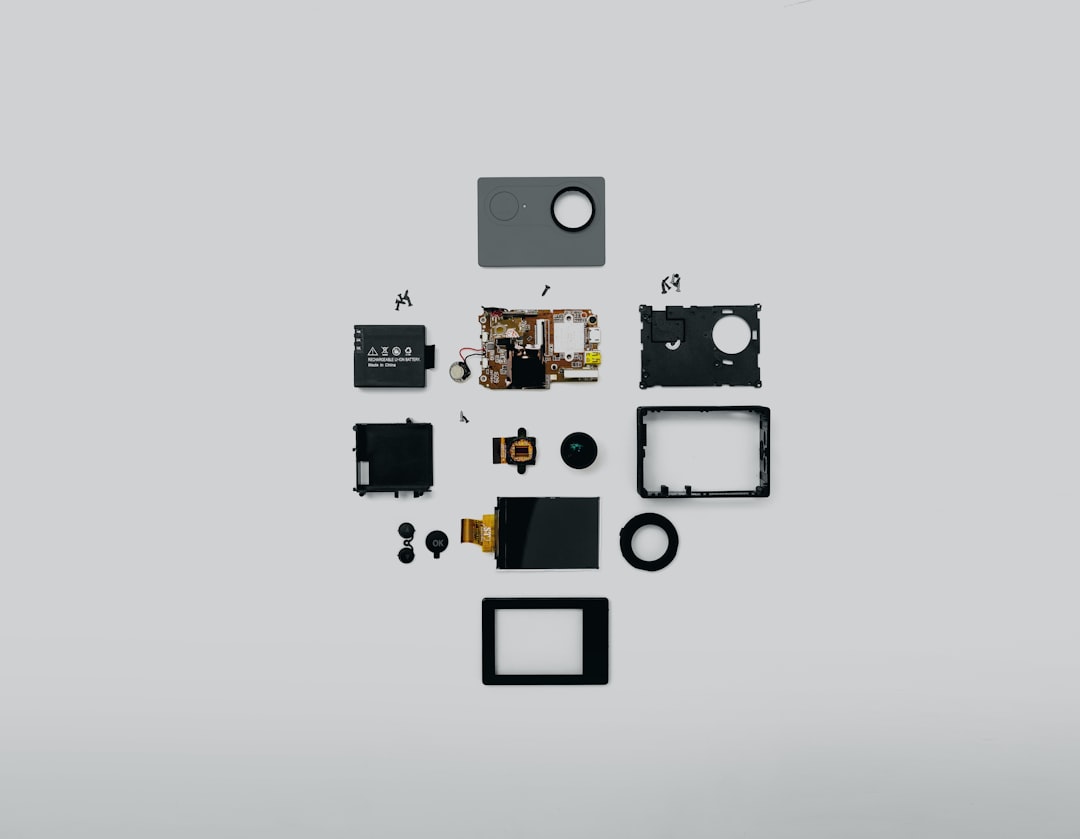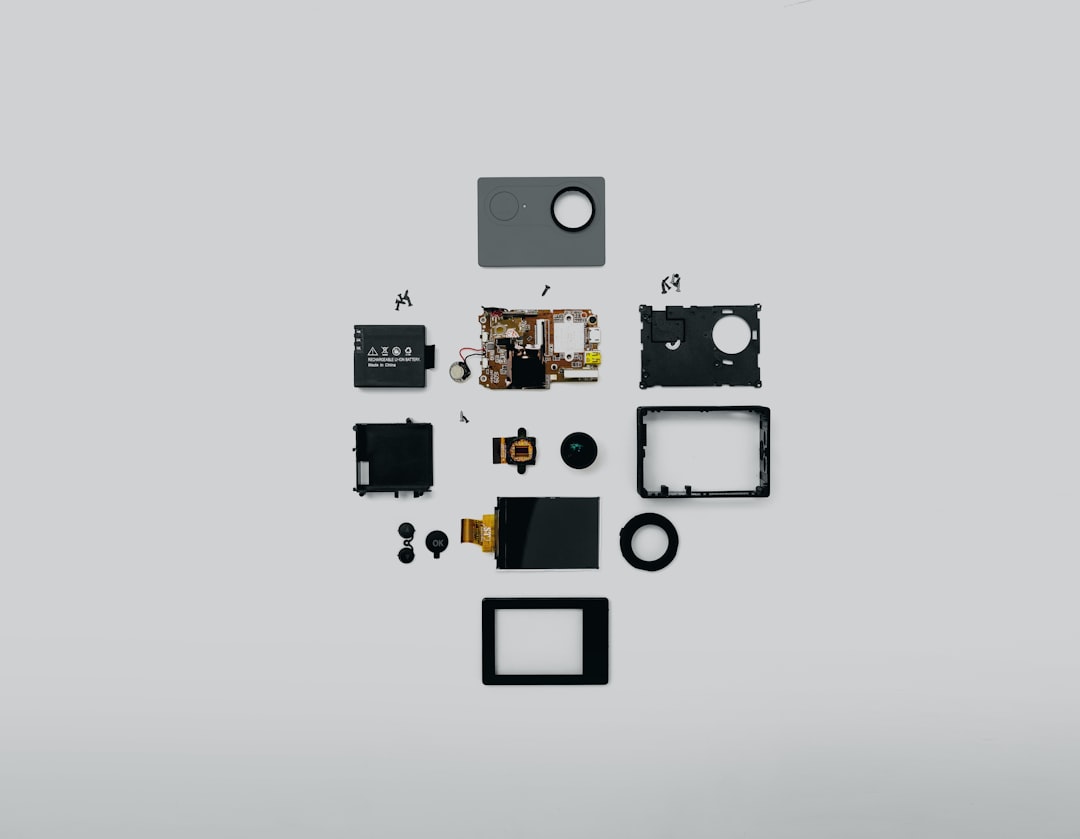Flyer design remains one of the most effective ways to promote events, products, and services. When done well, a flyer can capture attention, convey a clear message, and motivate the viewer to take action. However, many designers—especially beginners—fall into common traps that reduce their flyer’s effectiveness. Whether you’re creating a digital or physical flyer, avoiding these mistakes is crucial for a successful design outcome.
Avoiding Design Clutter
Flyers should be visually balanced and easy to consume at a glance. A common error is trying to include too much information or too many design elements. Clutter can quickly overwhelm your audience and push them away rather than draw them in.
- Too much text makes the flyer hard to scan and less inviting.
- Overuse of images and colors distracts from the main message.
- Poor spacing or lack of visual hierarchy confuses the eye.
Instead, focus on the essentials. Use headings, subheadings, and short bullet points to keep things digestible. Ensure there’s sufficient white space to let your content breathe.

Ignoring the Target Audience
Design isn’t created in a vacuum. Yet, many designers neglect to consider who their audience is. A flyer aimed at teenagers might use bright colors and bold fonts, while one targeting corporate professionals would benefit from a more refined, minimal style.
- Choose colors, fonts, and imagery that align with the preferences of your audience.
- Tailor the tone of your message—casual for youth-oriented events, formal for professional settings.
Failing to align the design with the target demographic results in a disconnect that diminishes engagement and response rates.
Poor Font Choices
Typography plays a major role in flyer readability. Common mistakes include using too many font types, selecting fonts that are hard to read, or not creating a clear hierarchy through size and weight differences.
- Stick to two or at most three fonts per design.
- Use font weights and sizes to help guide the reader from headline to body text.
- Choose fonts that align with your flyer’s theme and purpose.
Readable, appropriate typography can dramatically improve the impact of your flyer while enhancing professionalism.
Low-Quality Images
Images can either elevate or ruin your flyer. Using pixelated graphics, irrelevant photos, or inconsistent visuals cheapens your design, no matter how well-crafted the layout might be.
Always use high-resolution images and ensure they carry relevance to the message. For example, a real estate flyer should have crisp photos of the property, not generic stock imagery. Ensure that image styles match—don’t mix illustrated icons with realistic photos unless the intent is deliberate and well-executed.

Neglecting the Call to Action (CTA)
Every flyer should guide the reader toward a specific action—such as attending an event, calling a number, or visiting a website. However, it’s surprisingly common to forget a clear and visible CTA.
- Make your CTA stand out with bold colors or buttons.
- Be brief but directional: “Call Now,” “Register Today,” or “Visit Us.”
- Include contact details or URLs to support the action.
Without a CTA, even the most beautifully designed flyer fails to achieve its purpose.
Ignoring Print and Digital Standards
Another frequent mistake is not preparing your flyer properly for its intended format. What works on screen might not translate well in print and vice versa.
- Use CMYK color mode for print designs to ensure accurate color reproduction.
- Set the resolution to at least 300 DPI for printing purposes.
- For digital flyers, optimize file sizes so they load quickly on websites and mobile devices.
Overlooking these technical specifications can lead to lost visual quality and ineffective communication.
Conclusion
Flyer design is more than just arranging text and graphics—it’s about communication, intent, and professionalism. Avoiding clutter, choosing the right fonts and images, understanding your target audience, and ensuring technical readiness all contribute to a flyer that actually works. Every misstep, however minor, can reduce your final impact. By paying attention to these common errors and correcting them, designers can create flyers that are not only aesthetically pleasing but also truly effective in engaging their audience.


